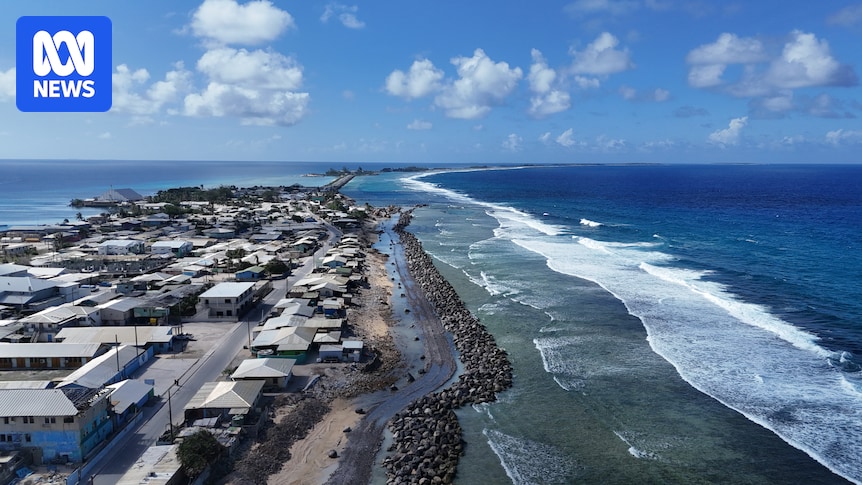Pacific Islands Build Sea Walls: A Viable Long-Term Solution to Rising Seas?
The Pacific Islands, a breathtaking yet vulnerable region, are facing an existential threat: rising sea levels. Driven by climate change, these rising waters are increasingly encroaching on coastlines, threatening homes, infrastructure, and the very existence of low-lying island nations. In response, many islands are turning to sea walls as a seemingly practical solution. But are sea walls a truly viable, long-term answer, or merely a temporary fix with unforeseen consequences?
The Urgent Need for Coastal Protection
The impacts of climate change are already being felt acutely across the Pacific. Increased frequency and intensity of storms, coastal erosion, and saltwater intrusion into freshwater sources are devastating communities. For many islanders, the construction of sea walls represents a desperate attempt to protect their homes, livelihoods, and cultural heritage. The urgency is palpable; villages are being relocated, agricultural land is being lost, and the very fabric of island life is under threat.
- Erosion Control: Sea walls are designed to prevent the erosion of coastlines caused by waves and storm surges.
- Flood Protection: They act as barriers, protecting settlements and infrastructure from inundation during high tides and extreme weather events.
- Land Preservation: By preventing erosion, sea walls help to preserve valuable land for residential, agricultural, and cultural use.
Sea Walls: A Band-Aid or a Sustainable Solution?
While sea walls offer immediate protection, their long-term effectiveness and environmental impact are a subject of ongoing debate. The construction of these structures can be incredibly expensive, placing a significant financial burden on already resource-strapped island nations. Furthermore, there are several potential drawbacks to consider:
- High Construction and Maintenance Costs: Building and maintaining sea walls requires substantial financial resources, often requiring international aid.
- Environmental Disruption: Sea walls can disrupt natural coastal processes, impacting marine ecosystems and potentially exacerbating erosion in adjacent areas. The disruption of natural sediment flow can lead to beach starvation further down the coast.
- Limited Adaptability: As sea levels continue to rise, the height of sea walls may need to be increased repeatedly, making the long-term cost even more unsustainable.
- Aesthetic Impact: The visual impact of sea walls can detract from the natural beauty of the coastline, affecting tourism and the overall aesthetic appeal of the islands.
Exploring Alternative and Complementary Approaches
The reliance on sea walls alone is not a sustainable solution. Experts emphasize the need for a multi-faceted approach that combines structural measures with nature-based solutions and adaptation strategies. These include:
- Mangrove Restoration and Planting: Mangroves act as natural buffers against storm surges and coastal erosion.
- Beach Nourishment: Replenishing beaches with sand can help protect coastlines and create a more natural buffer.
- Community-Based Adaptation: Empowering local communities to participate in planning and implementing adaptation measures is crucial.
- Climate Change Mitigation: Ultimately, reducing global greenhouse gas emissions is vital to slowing the rate of sea level rise.
Conclusion: A Complex Issue Demands a Holistic Response
The construction of sea walls in the Pacific Islands is a complex issue with no easy answers. While they offer a degree of immediate protection, they are not a long-term solution on their own. A more sustainable approach requires a combination of structural measures, nature-based solutions, community engagement, and a global commitment to mitigating climate change. The future of these island nations hinges on a holistic and adaptable strategy that prioritizes both immediate safety and long-term resilience. For more information on climate change initiatives and Pacific Island resilience, explore resources from the and the [Pacific Community (SPC)] (https://www.spc.int/). The time to act is now.

